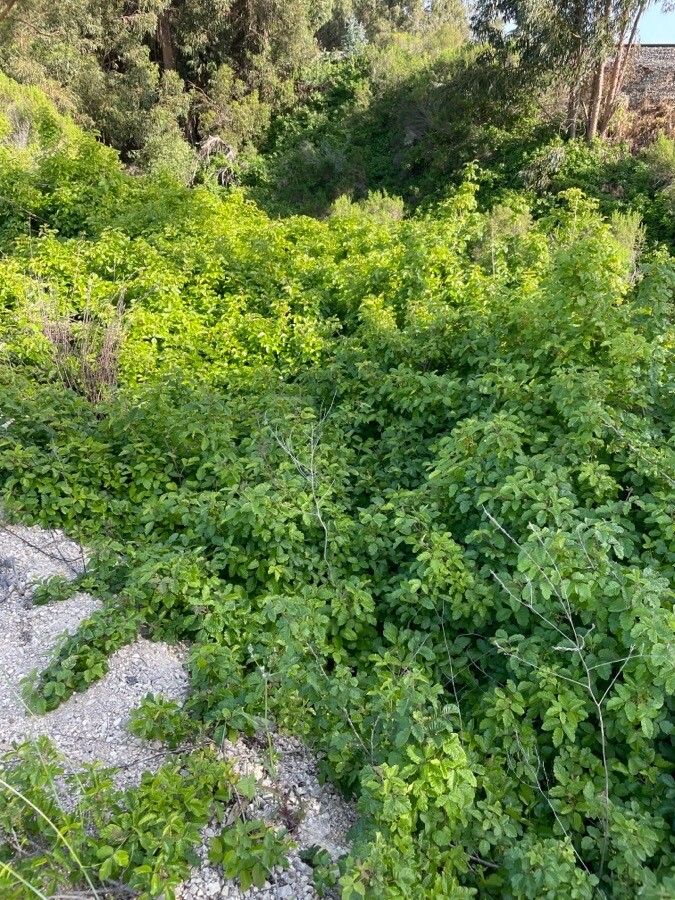## Jerusalem Cowslip: A Springtime Delight
The Jerusalem cowslip, a captivating member of the Boraginaceae family, isn't actually from Jerusalem, nor is it a true cowslip (Primula veris). This charming plant, often found under the botanical name *Pulmonaria*, offers a vibrant splash of color to spring gardens with its striking, spotted foliage and delicate, bell-shaped flowers. Its common name is likely due to a resemblance to cowslips and a historical association, possibly linked to early medicinal uses.
### Habitat and Growth
Native to Europe and parts of Asia, the Jerusalem cowslip thrives in dappled shade to full shade conditions, making it an ideal addition to woodland gardens or shady corners of your landscape. These hardy plants tolerate a range of soil types, but prefer moist, well-drained soil rich in organic matter. They're not picky about soil pH but avoid extremely alkaline conditions. In their natural habitat, they often grow in woodland areas with rich leaf mold.
### Planting and Care
Planting Jerusalem cowslips is relatively straightforward. The best time to plant is in the fall or early spring. Prepare the soil by loosening it and incorporating compost or other organic matter to improve drainage and fertility. Space plants approximately 12-18 inches apart to allow for proper growth. Once established, they require minimal maintenance. Regular watering, especially during dry periods, will help ensure healthy growth. Deadheading spent flowers encourages more blooms and keeps the plant looking tidy.
### Propagation
Jerusalem cowslips can be propagated by division in the fall or spring. Simply lift the clump of plants and carefully separate the individual crowns, replanting each section in prepared soil. Seed propagation is also possible, though it's a slower method. Sow seeds outdoors in a shady area in spring or fall.
### Varieties and Cultivars
Several attractive cultivars of Jerusalem cowslips are available, offering variations in flower color, ranging from pink and blue to purple and white. These variations often appear on the same plant, creating a stunning display. Some popular cultivars include those with silver-spotted leaves, adding textural interest to the garden.
### Pest and Disease Resistance
Generally, Jerusalem cowslips are quite resilient and resistant to major pests and diseases. However, they can occasionally be susceptible to slugs and snails, particularly during wet weather. Consider using slug pellets or other organic pest control methods to manage these pests.
### Uses in the Garden
Their tolerance to shade and beautiful spring blooms make them an excellent choice for woodland gardens, borders, and rock gardens. They can also be grown in containers, making them a versatile addition to any garden setting. The attractive foliage remains visually appealing even after flowering, providing year-round interest.
### Conclusion
The Jerusalem cowslip is a valuable asset to any garden, offering beauty and ease of care. With its adaptability and stunning blooms, it’s a perfect choice for gardeners of all levels. Its vibrant colors and attractive foliage make a beautiful contribution to your landscape throughout the growing season.
Jerusalem Cowslip: Planting, Care & Guide

Frequently Asked Questions
How to care for a Jerusalem Cowslip?
Jerusalem Cowslips prefer moist, well-drained soil rich in organic matter and partial to full shade. Regular watering, especially during dry spells, is crucial. Deadheading spent flowers encourages more blooms.
Where can I buy Jerusalem Cowslip seeds?
Jerusalem Cowslip seeds can be purchased from various online retailers specializing in seeds and plants, as well as from local nurseries and garden centers, especially during the spring and fall seasons.


